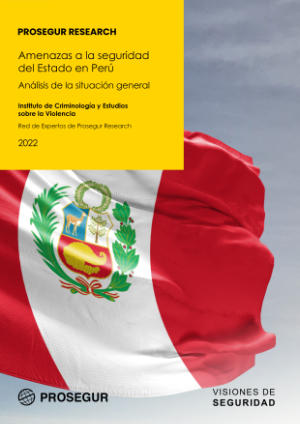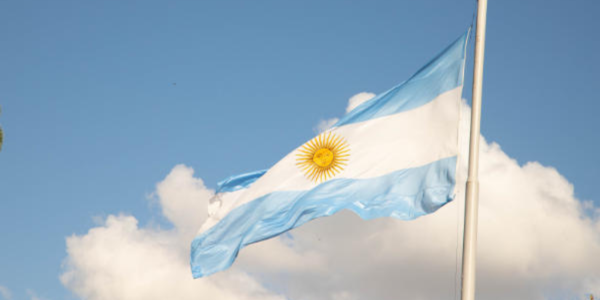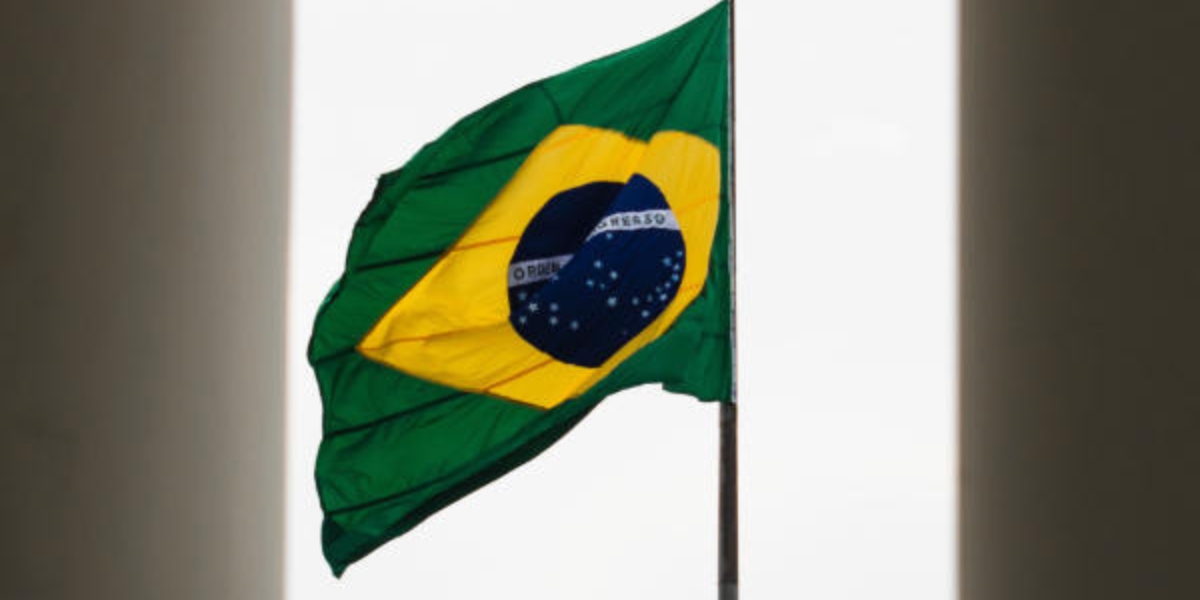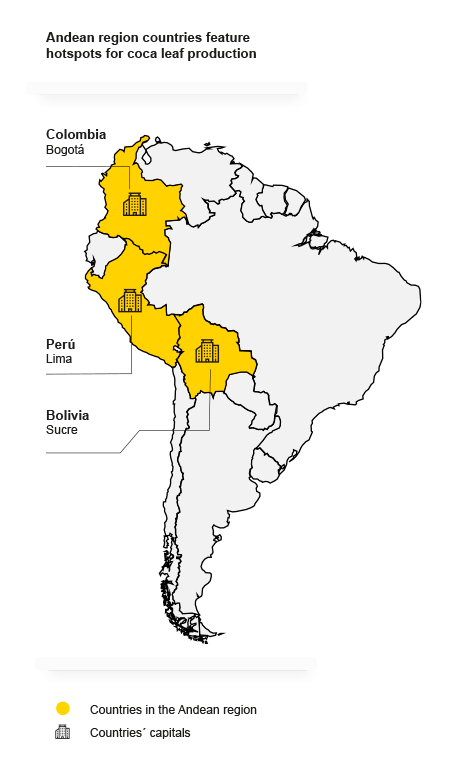Security threats for Peru
10th of March 2022
|
The White Book of the National Defense of the Peruvian State (Mindef, 2006) already pointed out that National Security implies the guarantee of independence, sovereignty, integrity, as well as the fundamental rights constitutionally recognized for the population. This whitepaper incorporates a debate surrounding security threats, activities and actors related to terrorism, organized crime, the deterioration of the environment due to the exploitation of natural resources, as well as corruption practices. Illegal mining involves the exploration, extraction and exploitation of mineral reserves present in much of the Peruvian territory. This can be developed on a large, medium or small scale and can be done through the intensive use of personnel and heavy machinery or in a more traditional way with sophisticated techniques and highly specialized equipment. To develop any stage of the mining activity, the natural or legal person must request administrative and environmental permits from the corresponding authorities. |
In Peru, illegal mining has become one of the main illicit economies. According to the Financial Intelligence Unit (UIT) 2019 was the year illegal mining reported the greatest volume of economic resources outside the legal parameters (MINAM, 2021. p. 31).
The production of coca leaf linked to the illicit production of cocaine is concentrated in the Andean region: Colombia, Peru and Bolivia (DEVIDA, 2021, p. 38) -which is associated with the global demand for cocaine, its high marketing prices and low production costs (Romero Moreno & Silva Serna, 2009)-. The coca leaf is constituted as an agricultural product that is easy to sow, harvest, store, transport, with a high annual yield, which allows the producer to have frequent flow of income throughout the year.
Download the report

Related posts

The security panorama in Argentina

Mapping violence in Brazil

